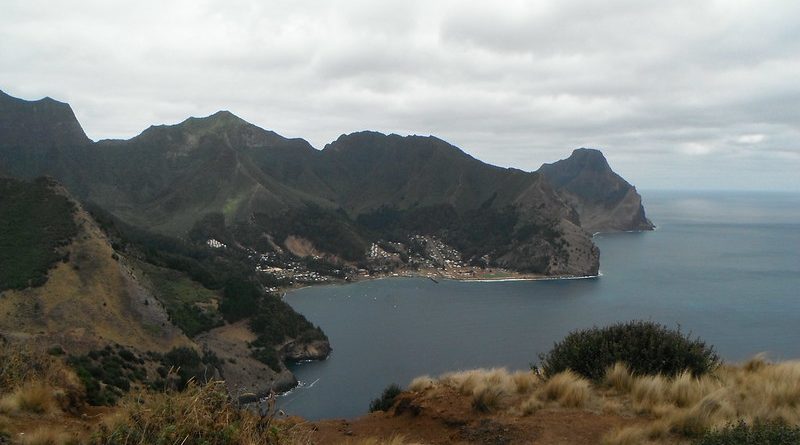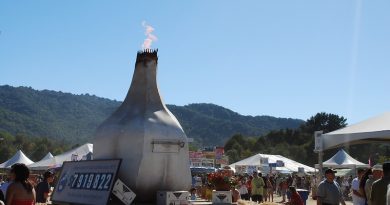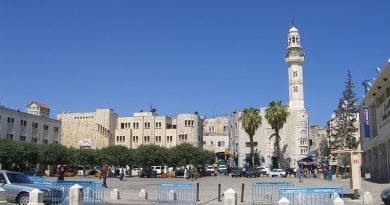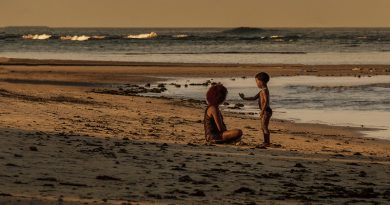Desert Island Paradise: Robinson Crusoe Island
Beach Essentials
Where: Pacific island of Juan Fernandez, 500 miles from the coast of Chile
When: The spring (Jan – April) is a great time to visit Chile
Happenings: Experiencing the legend of marooned paradise of Robinson Crusoe and unspoilt natural beauty.
Remember to Bring: Your own Man Friday
History of Juan Fernandez
Everyone has heard of Daniel Defoe’s famous novel Robinson Crusoe, but less of us known that Defoe’s story is not a strictly fictitious one. It is based on the real life experience of Alexander Selkirk, who after an argument with his ships captain requested to be marooned on the remote Pacific island of Juan Fernandez, 500 miles east of the Chilean coast. There he built a home, a boat and a new life, at the same time managing to avoid the cooking pot of the tribe of cannibals who became his neighbours for the five years until he was rescued in 1709.
Noticing its potential for tourism the Chilean government changed the name of the island to Robinson Crusoe Island in an attempt to create a “you’ve read the book, now live it for real” desert island experience. It has an area of 40 square miles, predominantly consisting of volcanic rock. It’s Spanish-speaking population of around 600 make their livelihoods through fishing lobster, tuna and salmon.
Things to see and do
The obvious and popular destination for enthusiasts is Selkirk’s original home on the island, a small cave which is located on a beach 10 miles away from the village of San Juan Bautista in Cumberland Bay. The cave is only accessible by boat and if the seas are rough, which they frequently are, it can be difficult to hire a local boat owner to make the journey. However, once there it is possible to really step into Selkirk’s shoes by camping for one or two nights in his cave.
You can also visit Selkirk’s look-out on the island. After a tricky hike the point is reached where Selkirk gazed out to the barren sea hoping he’d see something resembling a ship’s sail. The bleak surroundings emphasise how remote the island is and makes you wonder how Selkirk survived in such isolation for so many years, even if he did have his Man Friday for company!
There are other reasons to visit Robinson Crusoe Island apart from Selkirk’s story. The island itself has spectacular rugged scenery with mountain ranges up to 3,200 ft. In 1977 it was declared “World Reservation of the Biosphere” by UNESCO, one of the last places on earth to experience untouched nature. Horse riding and trekking activities are offered by experienced guides and this is an excellent way to see this island.
There is not much in the way of beach swimming as most of the beaches are rocky and the water cold. However, there is full diving services and training available on the island as well as the chance to do some sport fishing for tuna, dogfish and salmon.
Getting there
The best way to get to the island is by plane from Santiago de Chile, a two and a half hour flight away. Be warned that the planes do not stick to a strict timetable. If you really want to rough it, it is possible to get to the island by infrequent supply ships. Once there, there are two lodges which offer comfortable accommodation. One even has a swimming pool and satellite TV so you don’t have to feel you’re on a remote deserted island, but that would be missing half the fun.
MORE INFORMATION
Endemica
The first ecotourism operators on Robinson Crusoe Island
Robinson Crusoe Island Trek
An 8 day trekking itinary around the island including watching sea wolves and camping in Crusoe’s lookout
Books:
Robinson Crusoe by Daniel Defoe
The 19th century classic in paperback fromAmazon.com
By Jonny Willes




